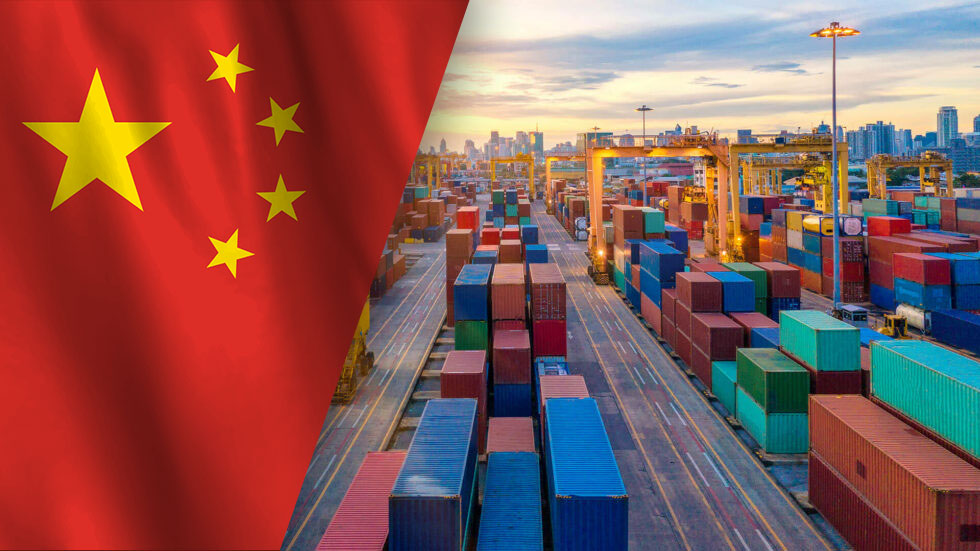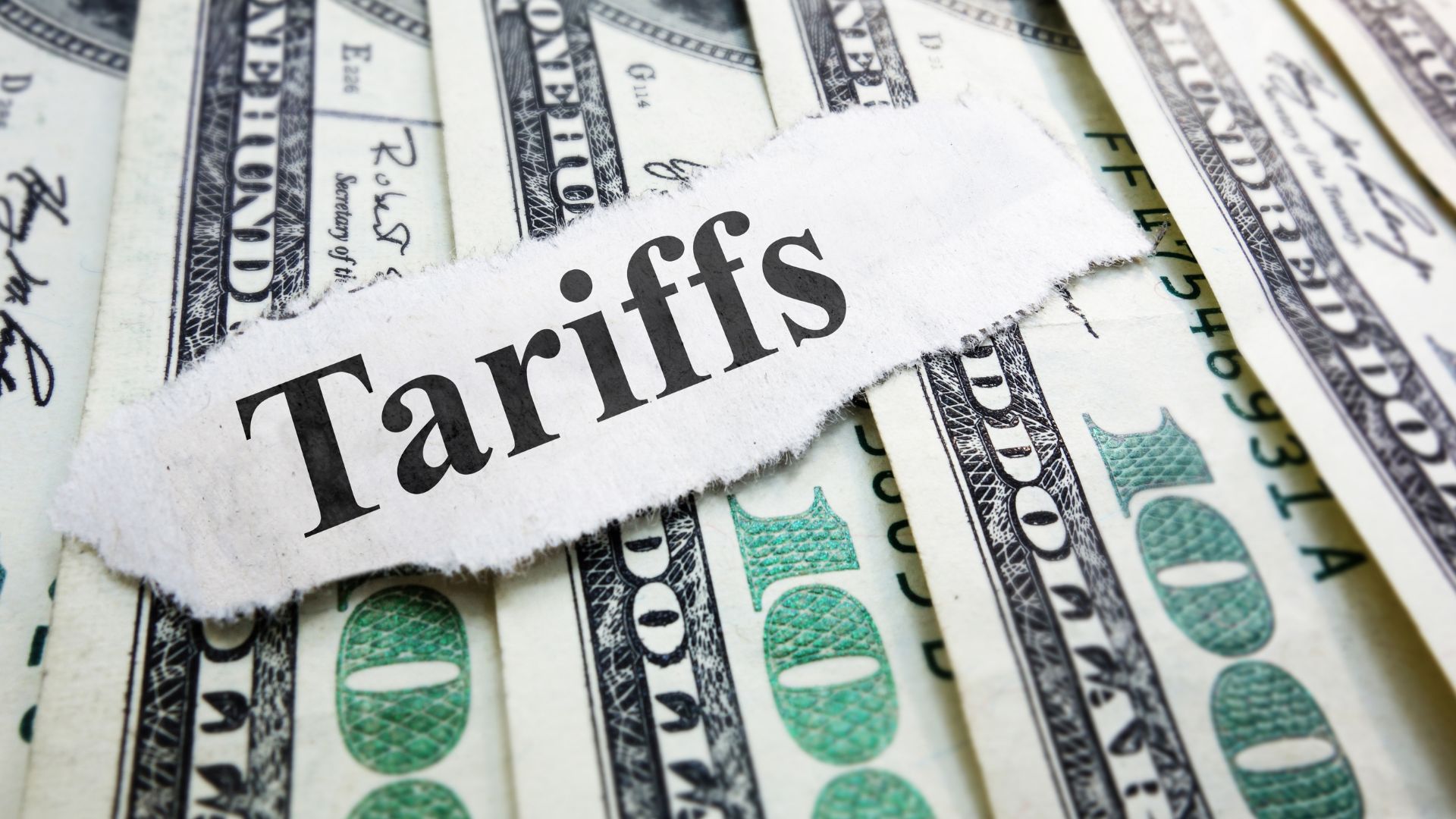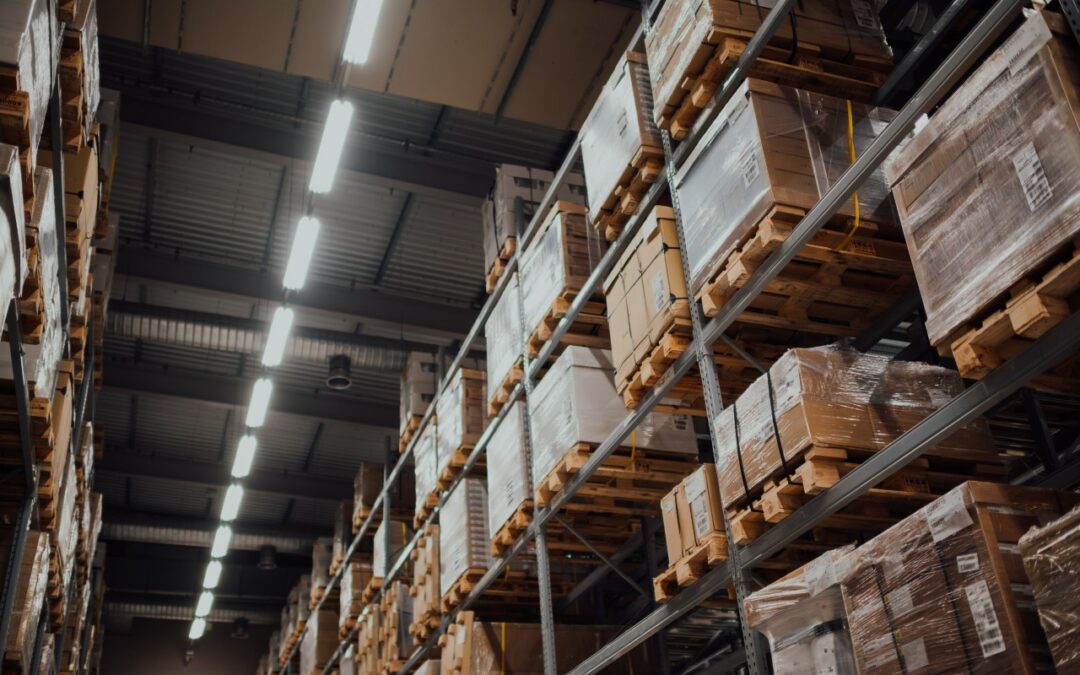In the last two weeks, there have been two major trade deals in the news: the Phase One deal with China and USMCA, the revamped version of NAFTA. Both of these agreements have a lot of impact on trade between the countries involved, but both will have some impact on duty drawback.
First, the phase one trade deal with China does have some reductions in the 301 tariffs that have been the driver of a considerable amount of new interest in drawback. The tariffs that had been considered to go into effect in December, but suspended, will be taken off the table indefinitely. The final wave that was imposed in September was reduced from 15% to only 7.5%.
But the majority of the full tariff rates will remain in place, with the 25% rate sticking on more than $250 billion of imports from China. These remain eligible for drawback, and while there may be a Phase Two Deal that could do away with these, importers and exporters should count on these being in place for a while. Drawback remains a very good way to reduce their impact.
Drawback may be further helped by this deal than just tariffs, though. A big part of the deal was enticing China to purchase more American products and services, with a promise to purchase more than $200 billion in additional products and services within two years. With a bigger export market for American products in China, drawback will be a growing area of interest.
Recently the revamped North American trade deal USMCA has been passed, and while it brings many changes to rules and regulations between the countries, it does not fundamentally change the nature of the drawback between the countries. Rules that mandate the use of direct-identification drawback as well as a “lesser of the two” rule when claiming on manufactured products leave USMCA drawback looking the same as under NAFTA.
However, as we move into its implementation, exporters to Canada and Mexico should keep on the lookout for new opportunities that may arise. Under USMCA, stricter rules regarding what percentage of the products must be North American produced to qualify for duty-free treatment may increase the frequency that importers in Mexico or Canada pay duty. If they do, it’s possible that even with the “lesser of the two” rule some new opportunities could open up.
The future of drawback continues to look bright, and JM Rodgers can be your partner in maximizing your returns. If you’d like to discuss how JM Rodgers can help you seek refunds via drawback, If you’d like to discuss how you can improve your process to get your refunds on exclusions, please reach out to www.jmrodgers.com
Sincerely, James Rodgers





